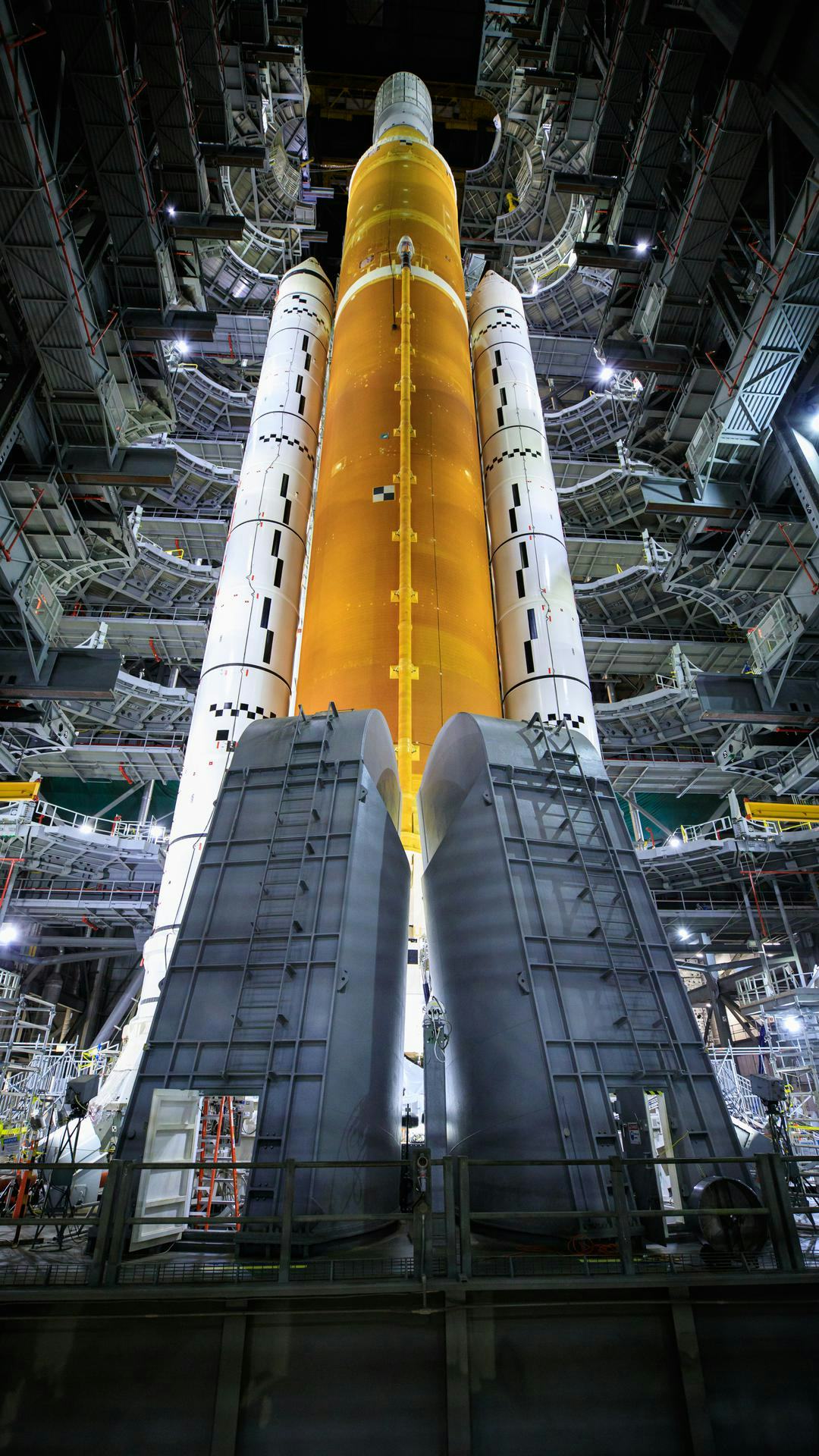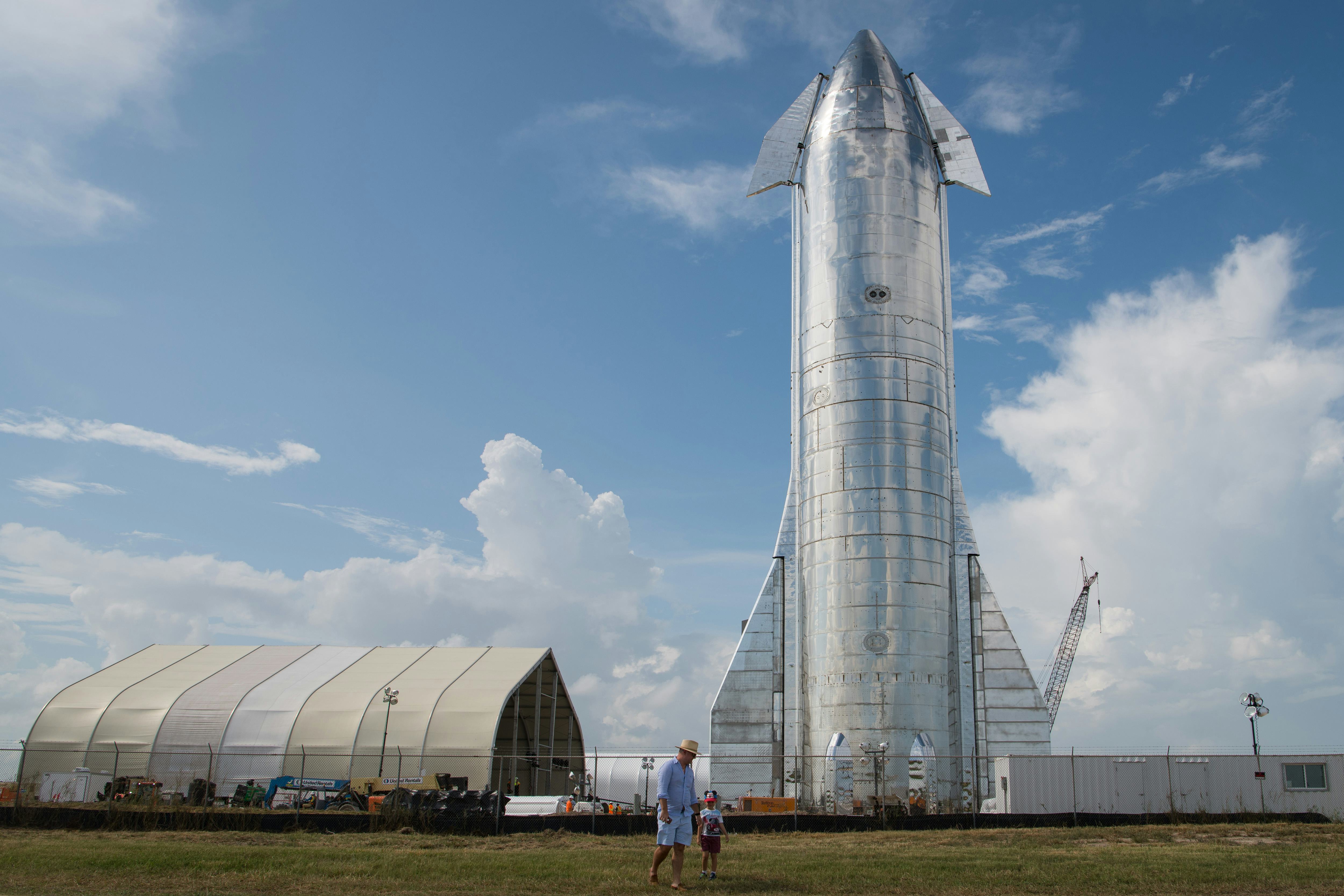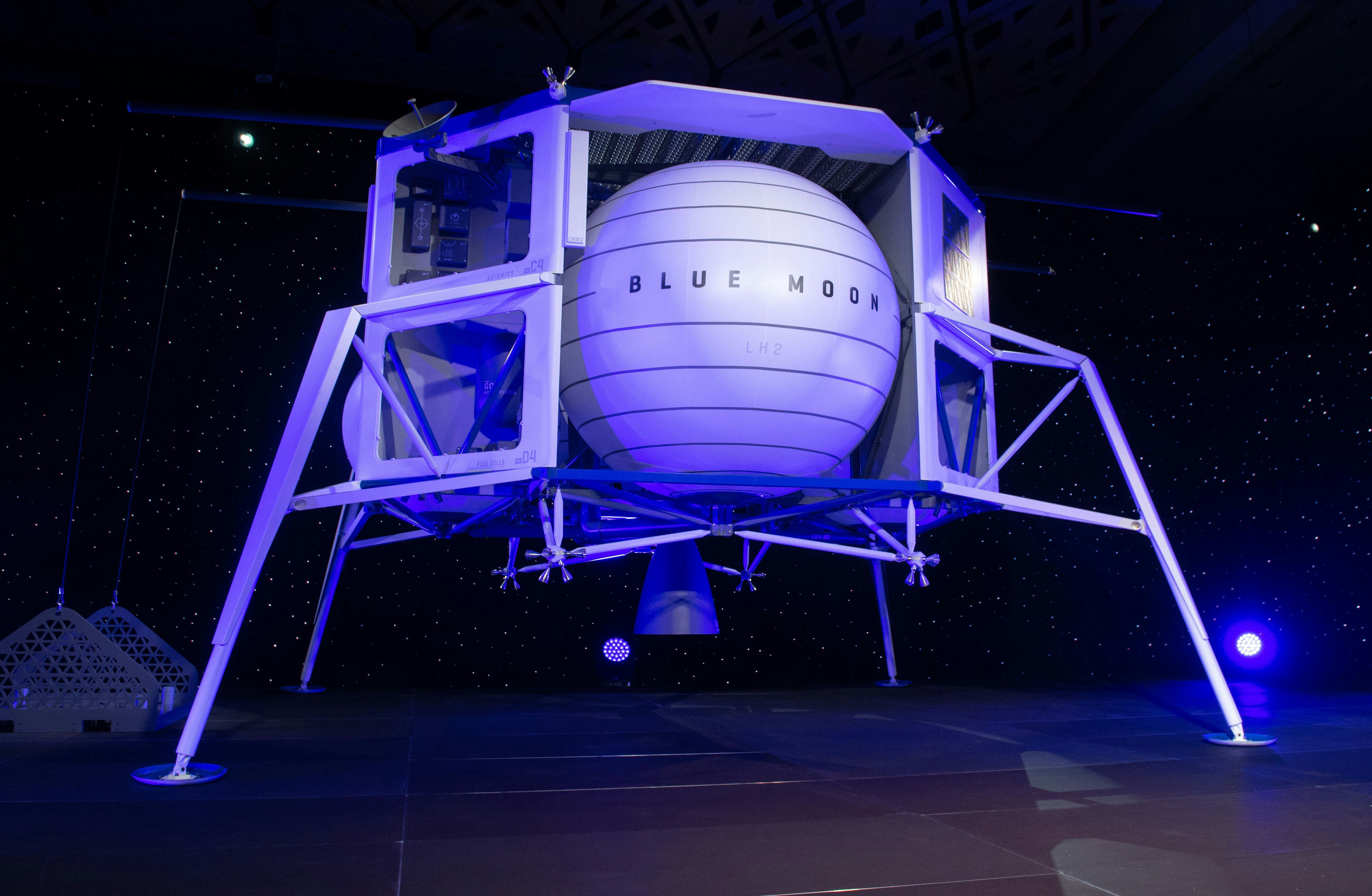
NASA is making progress toward its goal of returning humans to the Moon for the first time in more than half a century, with a recent simulated countdown test of its massive Space Launch System (SLS) rocket in the bag and the first test flight of its Orion spacecraft scheduled for some time in March.
NASA developed SLS and Orion as the core of the Artemis Moon program, NASA’s latest campaign to return to the Moon following the failure of the Constellation program in the 2000s. Though the schedule has slipped somewhat since NASA first announced it in 2017, Artemis is on track to deliver a human crew to the Moon sometime in 2025.
How will Artemis missions work?
Artemis involves three key vehicles:
- Space Launch System — Everything begins with the SLS, a super-heavy rocket, and the most powerful rocket launched since the Saturn V roared off the launch pad in the 1960s and 1970s. Super-heavy means a rocket can lift more than 50 tons into low-Earth orbit, and the version of SLS currently undergoing testing, the SLS Block 1, can lift 95 tons. NASA plans to later fly the SLS Block 2, capable of lifting 130 tons, which will be the most powerful rocket ever launched unless and until SpaceX gets its Starship rocket off the ground.
- Orion — The Orion spacecraft consists of the Orion crew capsule, similar to the Apollo space capsule, and a service module. Together, they will ferry up to four astronauts to and from the Moon.
- Human Landing System — After a viscously contested competition between Blue Origin and SpaceX, NASA chose SpaceX to build the craft that will carry Artemis astronauts to the surface of the Moon and back again. SpaceX is developing an alternate model of its Starship spacecraft designed for lunar landing and return.

The Artemis plan also calls for constructing a small space station to remain in orbit around the Moon, the Lunar Gateway. Orion will dock with the Gateway, and astronauts will transfer to the space station, and then to the Human Landing System for their descent to the lunar surface, reversing the procedure for their return to Earth.
What Artemis missions are planned?
There are three Artemis missions currently scheduled:
- Artemis I — An uncrewed test flight that will send the Orion spacecraft on a four-to-six-week journey around and beyond the Moon, Artemis is scheduled to launch in March.
- Artemis II — The first crewed mission of the Artemis program will send four astronauts on a mission to orbit the Moon and return, launching sometime in May 2024.
- Artemis III — The big show, Artemis III is the crewed mission that will see two astronauts set foot on the Moon. It’s now expected to launch in 2025.
What’s the status of the Artemis program now?
Artemis is slightly behind schedule.
When the Trump Administration announced what would become the Artemis program in 2017, the goal was to put humans back on the Moon in 2024. NASA announced in November that it would miss that deadline, with NASA administrator Bill Nelson citing a paucity of funding for developing Orion, and delays in the Human Landing System program due to legal challenges by Blue Origin after the space company lost the HLS contract to SpaceX.

Then in December, NASA announced that it would launch Artemis I sometime in March instead of February 12, citing testing issues with the SLS. But the space agency got SLS testing back on track, completing a simulated launch countdown test with the rocket on January 24.
NASA technicians will now work on final tests and certifications of SLS systems in preparation for a “wet dress rehearsal” scheduled for late February. The dress rehearsal involves rolling the giant rocket to the launch pad and filling and emptying the SLS with the cryogenic fuel and oxidizer it will use for launch on March 12.
Following the dress rehearsal, NASA needs only to install and test the explosives used for the rocket’s flight termination system before it is ready to launch for real.
What’s next for Artemis?
If all goes well with Artemis I, II, Artemis III will see two astronauts land on and explore the Moon’s southern polar region for about a week.
But Artemis doesn’t end there. Artemis IV and V are planned for 2026 and 2027 and will build out both the Lunar Gateway and the Artemis lunar outpost. From there, proposed Artemis missions could launch annually through 2033.
Whether all proposed Artemis missions will fly, or if, like Apollo, the new Moon program will be cut short by a future presidential Administration, NASA will make full use of the time it has on our natural satellite with an eye for what comes next. The space agency plans to test new technologies and practices, such as utilizing resources in the lunar regolith to make water or fuel — studying the Moon, but practicing for one day living on Mars.







